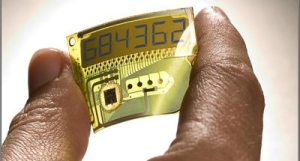Wiring Trends
Automotive, aerospace and military manufacturers have relied on wiring harnesses for decades. But, as products grow more complex and weight reduction becomes more critical, flex circuits and cables , fiber optics and printed electrical systems, provide the backbone electrical distribution systems in cars, trucks, locomotives, aircraft and other vehicles.
Traditional copper wire bundles still continue to be used, due to outstanding electrical performance and ease of use. Copper wire is a safe, proven commodity that engineers are comfortable with. In addition, manufacturers already have large amounts of money invested in wire processing equipment, such as strippers, cutters, crimpers and welders
Weight reduction is a growing challenge to many manufacturers, especially in the aerospace industry. For instance, the Boeing 747 contains more than 135 miles and 4,000 pounds of wire. Engineers are scrambling to reduce the size and weight of wiring harnesses as they develop more fuel-efficient aircraft.
Fiber optics failed to catch on for many non-telecom applications. The demise of copper has been predicted many times over the years, costs associated with the required electro-optic conversion process, together with connectors that require skilled technicians to successfully terminate, discouraged broad market conversion to fiber.
Printed Electronics
Printed electronics are based on flexible substrates of fictionalized polymer films that are less than 1 millimeter thick. Thinness, flexibility, robustness and easy integration are the competitive advantages of this technology. Conductive inks will allow manufacturers to print some electrical systems with the potential to be applied to composite panels used in aircraft fuselages and automotive bodies. Being an additive process, it is put where needed reducing size and weight, and can eliminate design and assembly reducing cost and complexity.

